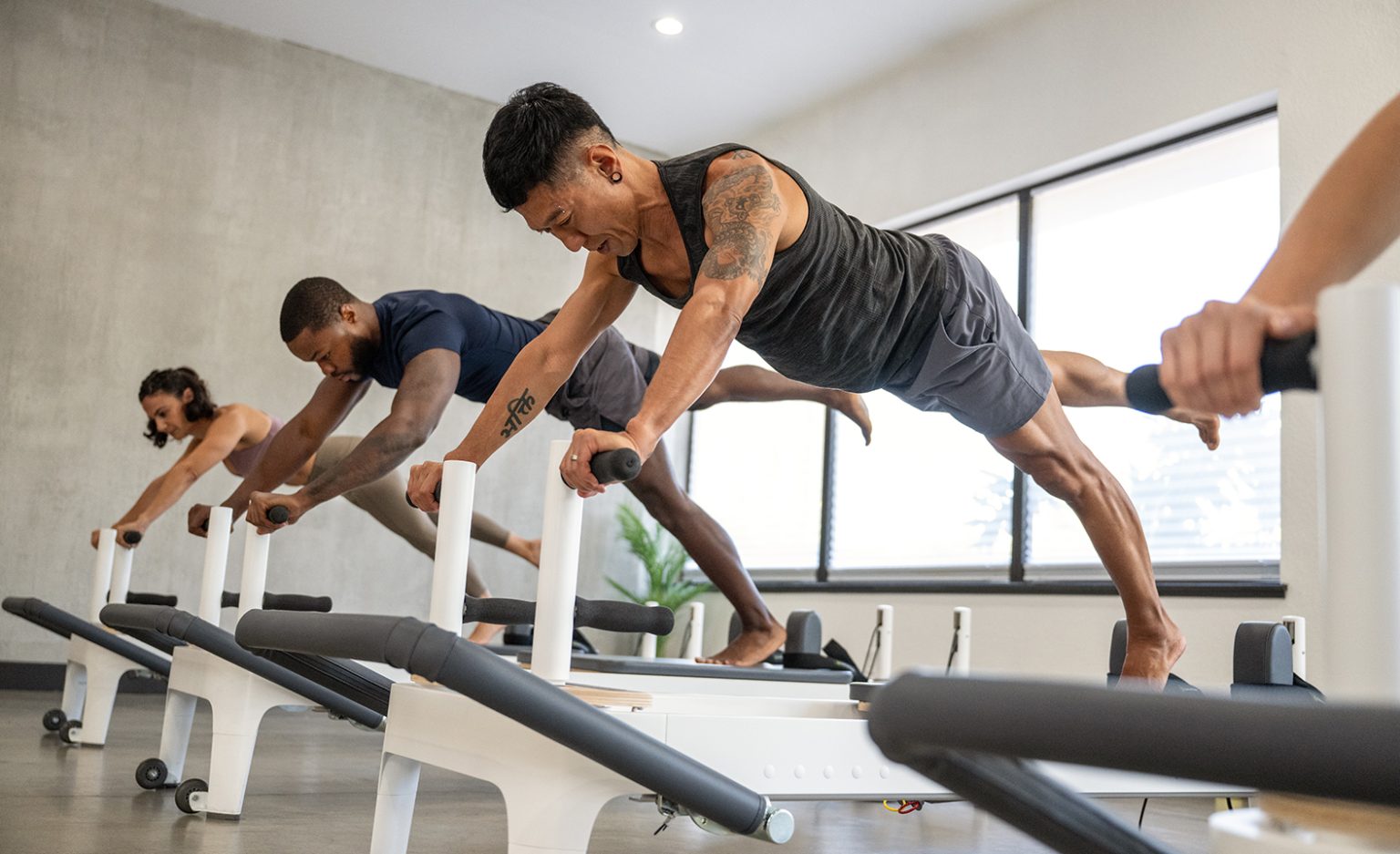
Mat Pilates for Cyclists’ Backs
Why Cyclists Struggle With Back Pain
Let’s be real — cycling is rough on your back. Long hours hunched over handlebars? Not great for your spine.
The constant forward flexion shortens the hip flexors and weakens the glutes and core, putting extra pressure on your lumbar spine.
That’s where Mat Pilates comes in.
It trains your body to activate the muscles that support good posture and spinal alignment — things your usual ride doesn’t cover.
What Mat Pilates Does Differently
While most people think of Pilates as a “stretchy” workout, it’s actually about control, precision, and core stability.
The beauty of Mat Pilates is its accessibility — no fancy gear needed. But for those wanting to level up, a Reformer Machine adds resistance to intensify the challenge.
Key Benefits for Cyclists:
-
Strengthens the deep core muscles that support the spine
-
Improves posture to combat cycling hunch
-
Loosens up tight hips and hamstrings
-
Builds awareness of spinal alignment and control
-
Helps prevent overuse injuries
5 Mat Pilates Moves Every Cyclist Needs
Whether you’re a weekend warrior or ride daily, these exercises will support your back and performance.
1. Pelvic Tilts
Activates your lower abs and resets pelvic alignment after long rides.
Tip: Add a small ball or folded towel for feedback.
2. Shoulder Bridge
Opens tight hips, strengthens glutes and lengthens the spine.
3. Swimming
Targets spinal extensors and shoulder stabilisers — perfect after hours on the bike.
4. Spine Stretch Forward
Great for releasing the mid-back and hamstrings, which tighten up in cycling posture.
5. The Hundred
Classic core burner. Builds stamina and strengthens your entire trunk.
If you have access to a Reformer Machine, these same moves can be performed with added spring resistance for more intensity and control.
Mat vs Reformer: What’s Better for Cyclists?
Mat is ideal for beginners or when travelling. But if you’re serious about back care and performance, a Reformer Machine is next level.
Machines like the Ivory Fold Reformer or the Onyx Reformer from FitBoutique allow for more customisation, resistance, and spinal support — especially helpful for cyclists recovering from injury or training at a high level.
Cyclist Success: Real Stories, Real Relief
We’ve had cyclists reach out after switching to Pilates — reporting less back pain, better posture on the bike, and even improved power output.
One rider said she felt “taller and lighter” after just two weeks of consistent Mat Pilates. That’s spinal decompression doing its magic.
Takeaway: You Don’t Have to Ride in Pain
Cycling and back pain don’t have to go hand in hand.
A few Mat Pilates sessions each week can create the spinal support and flexibility your body’s been craving.
Already using a Reformer Machine at home? You’re ahead of the game.
Just remember — consistency is key.
Want to Elevate Your Pilates Practice?
Check out our premium Reformer Machines built for both beginners and pros. Whether you need a foldable option like the Ivory Fold Reformer, or a studio-ready Onyx Reformer, we’ve got your back — literally.
Questions? Hit us up here.
Reformer Pilates Range
Frequently Asked Questions
How much space do I need for a reformer bed?
Space Requirements for Your Reformer
A FitBoutique reformer requires approximately 245cm x 68cm (2.45m x 0.65m) of floor space. Here's what this means for your space planning:
For Home Users
Length: 245cm (8.04 feet)
Width: 68cm (2.13 feet)
Recommended clearance: Add at least 30cm on each side and end for comfortable access
Total recommended space: 305cm x 125cm (3.05m x 1.25m)
For the Onyx Fold model specifically:
Same footprint when in use (245cm x 65cm)
When folded: Takes up significantly less floor space in vertical storage
Ceiling height consideration: Ensure adequate height for vertical storage
What's the difference between commercial and home reformers?
While both offer similar exercise capabilities, commercial reformers typically feature heavier-duty construction, enhanced weight capacity, and more extensive warranty coverage. However, premium home models like the Onyx series bridge this gap with commercial-grade components.
How often should I maintain my reformer?
Regular maintenance includes weekly cleaning, monthly hardware checks, and quarterly deep cleaning of tracks and wheels. Premium reformers come with detailed maintenance guides to ensure optimal performance and longevity.













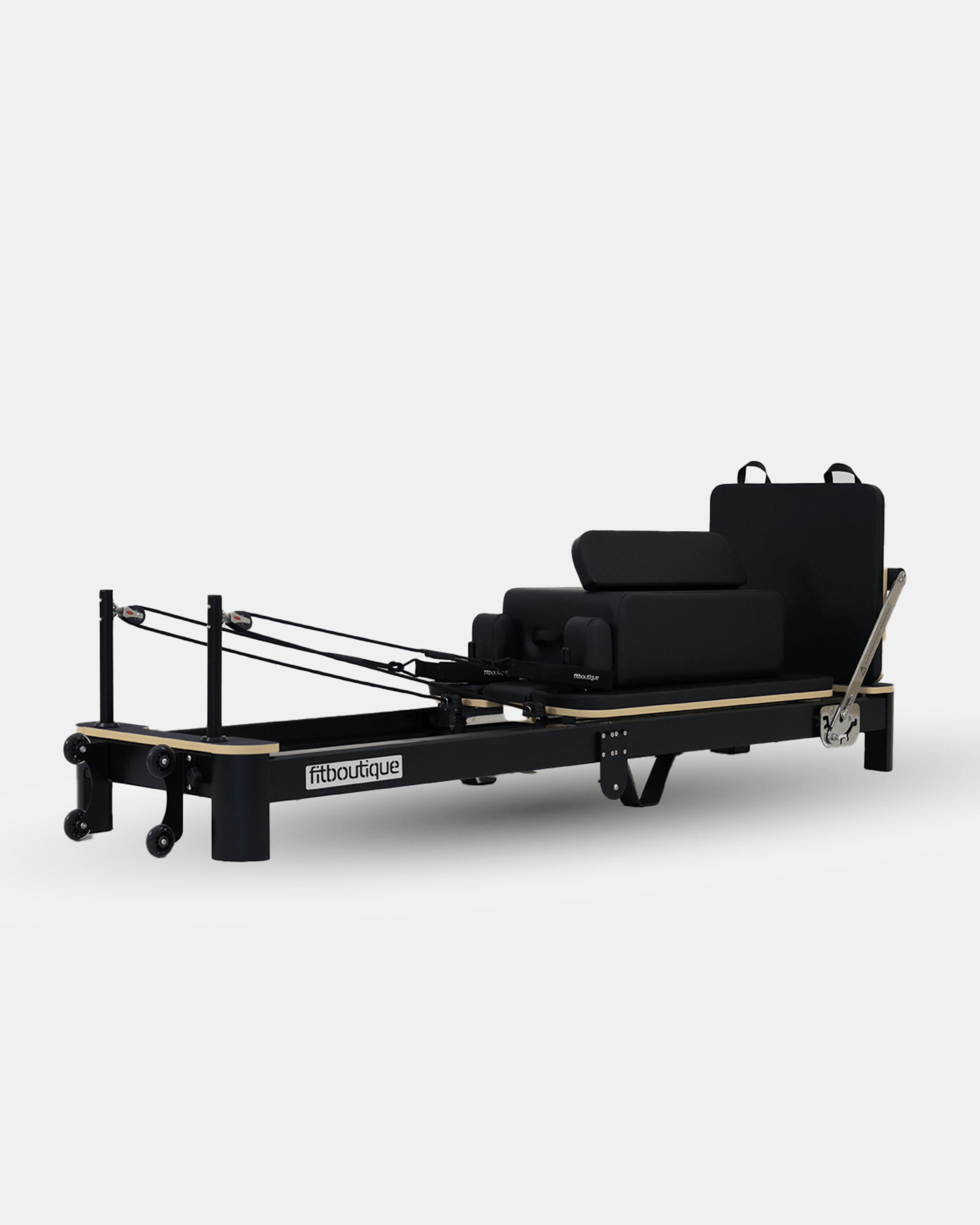
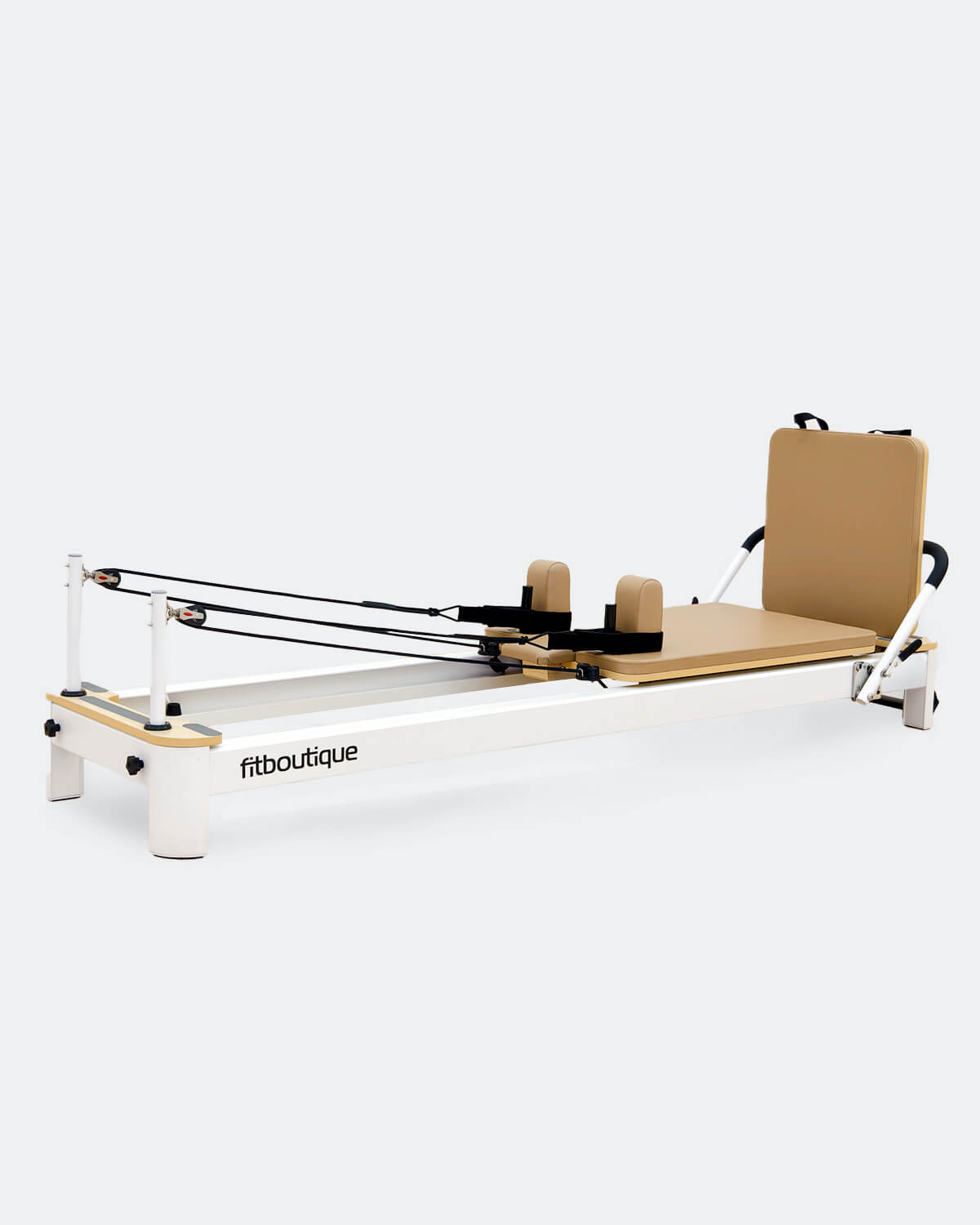
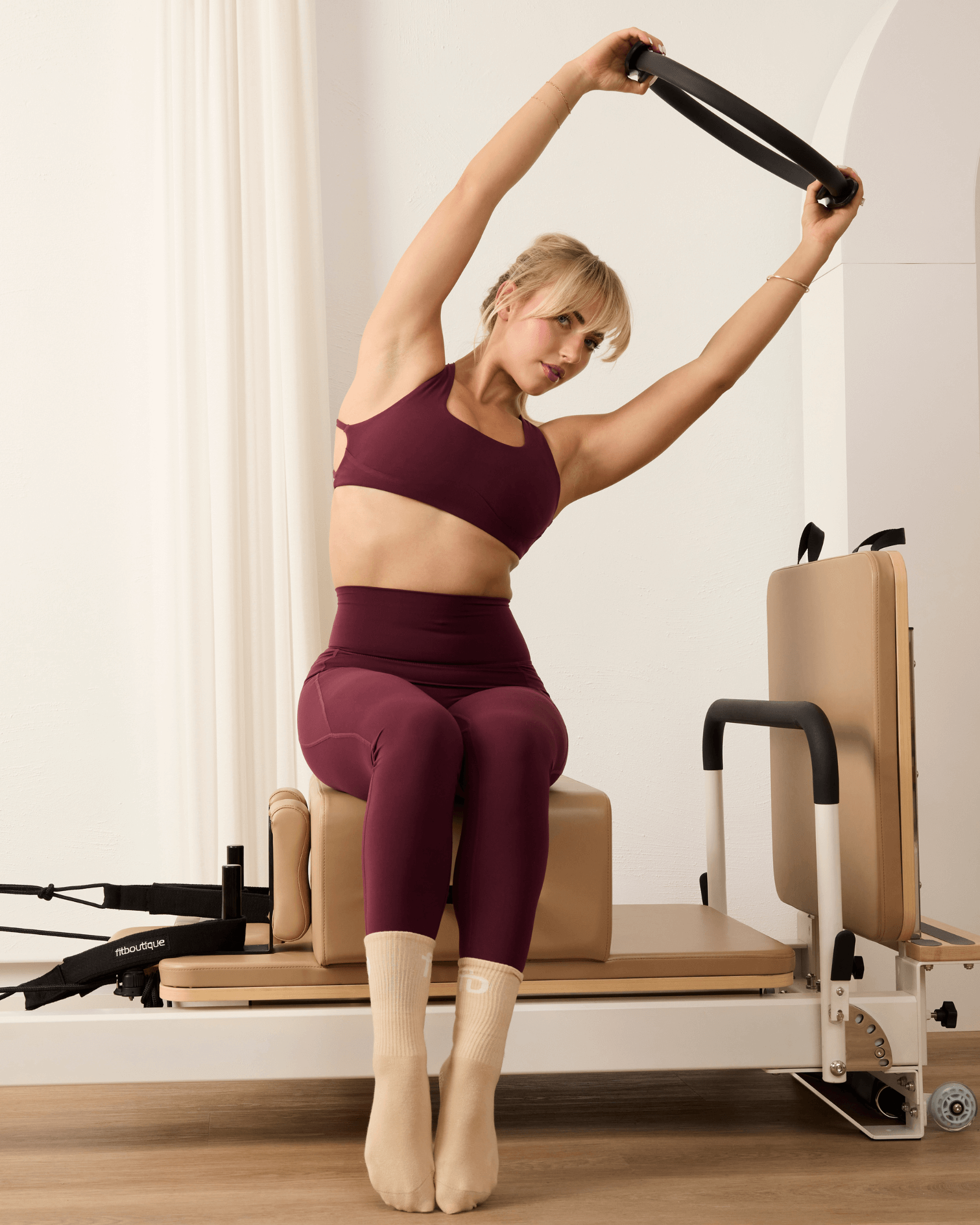
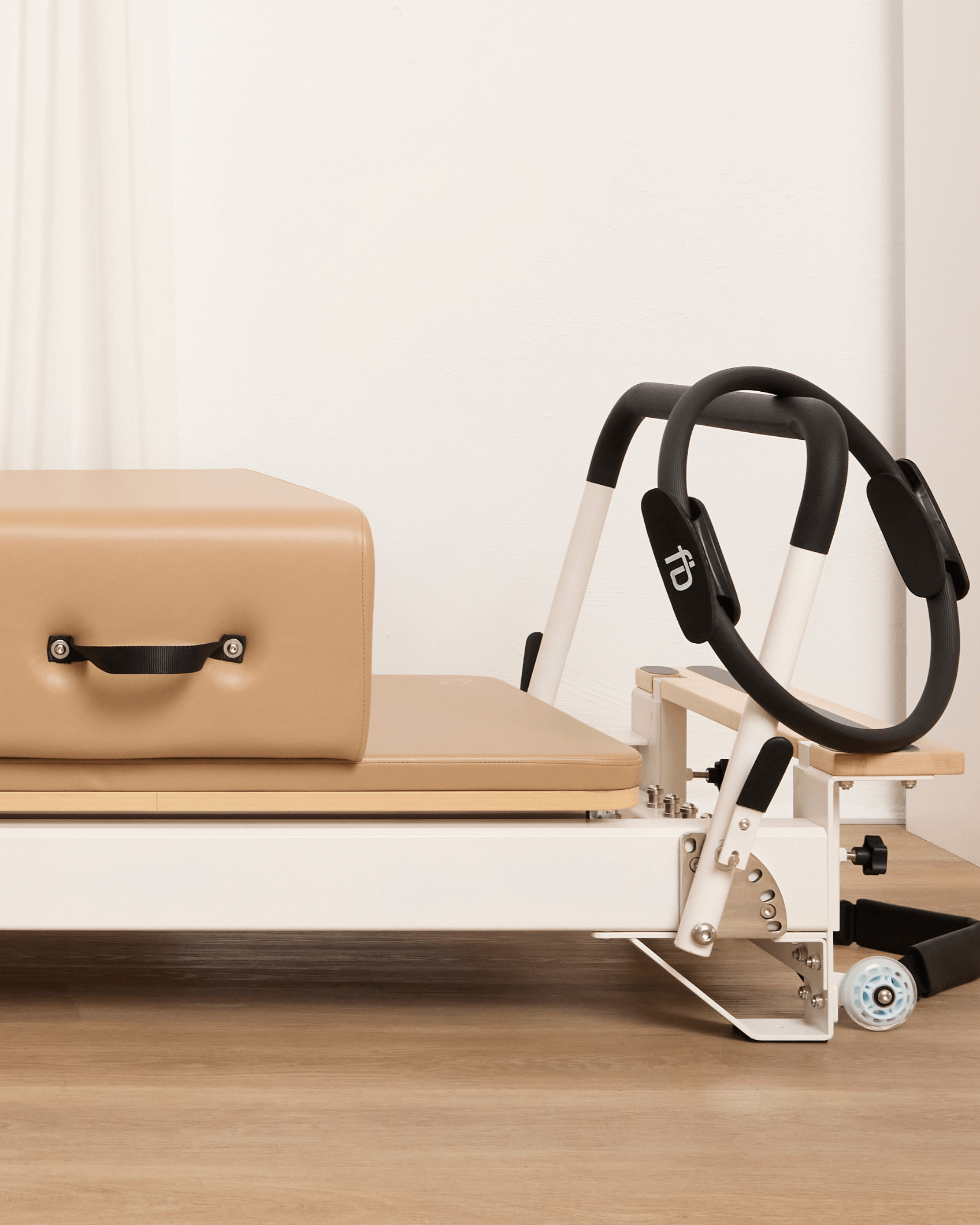
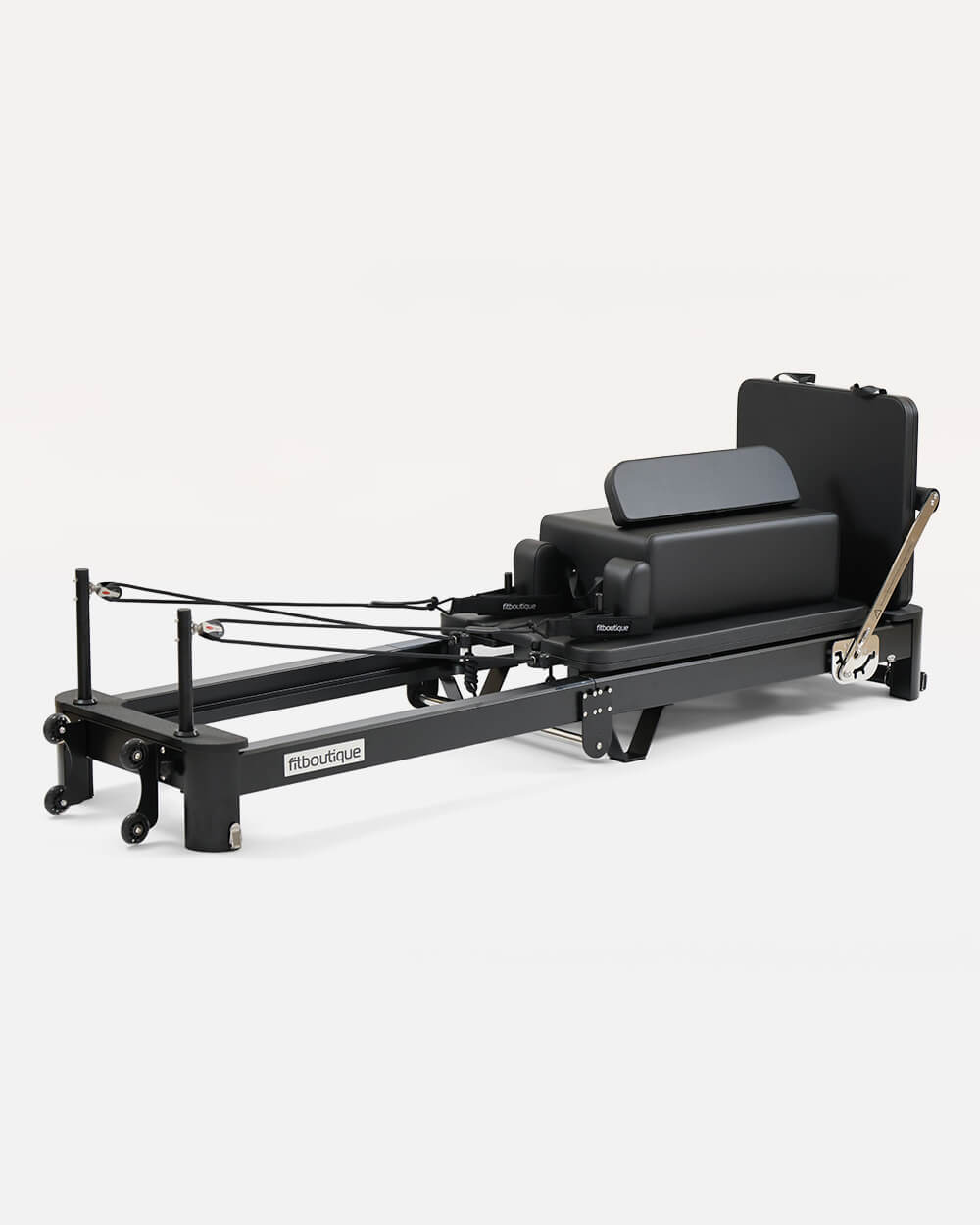


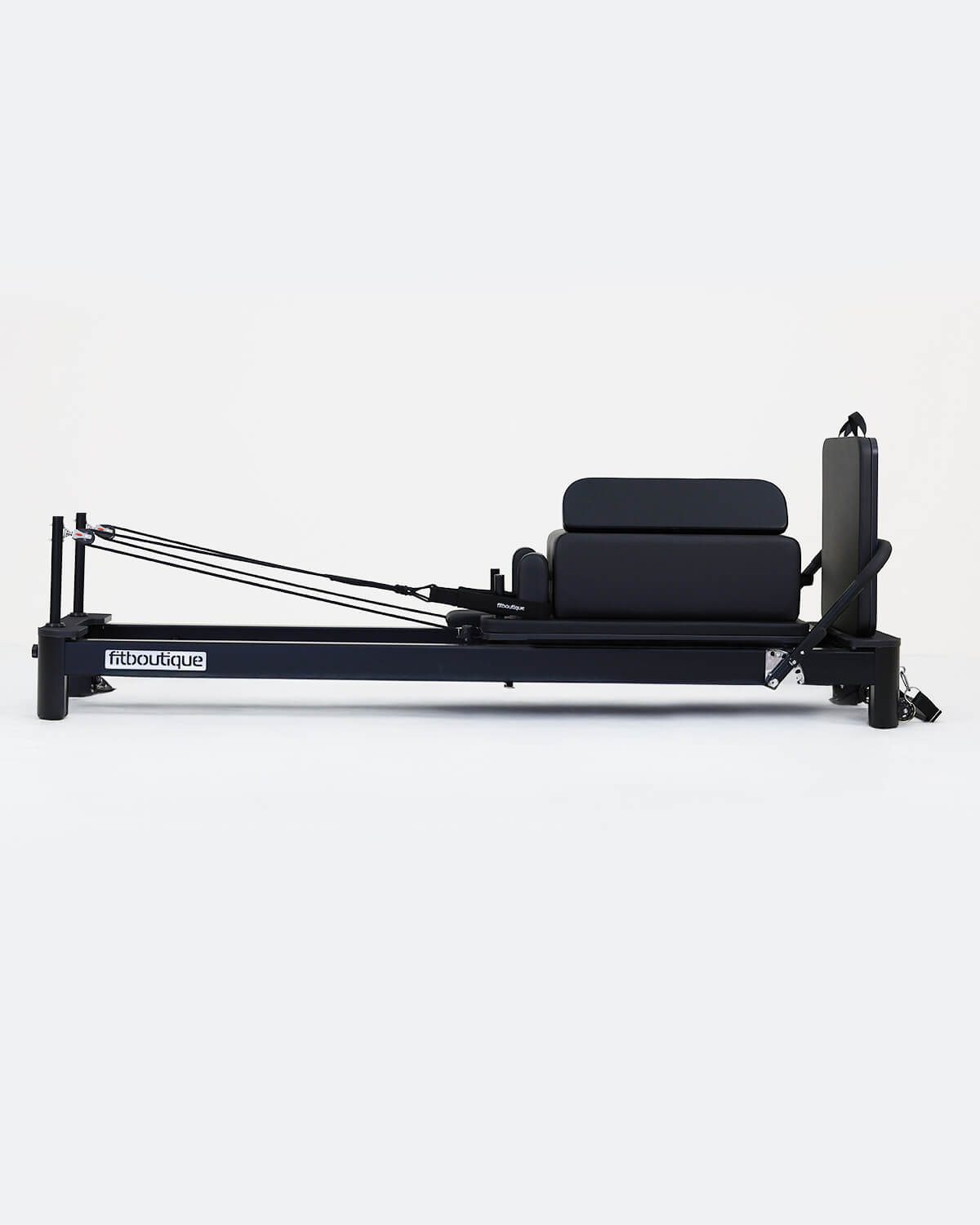
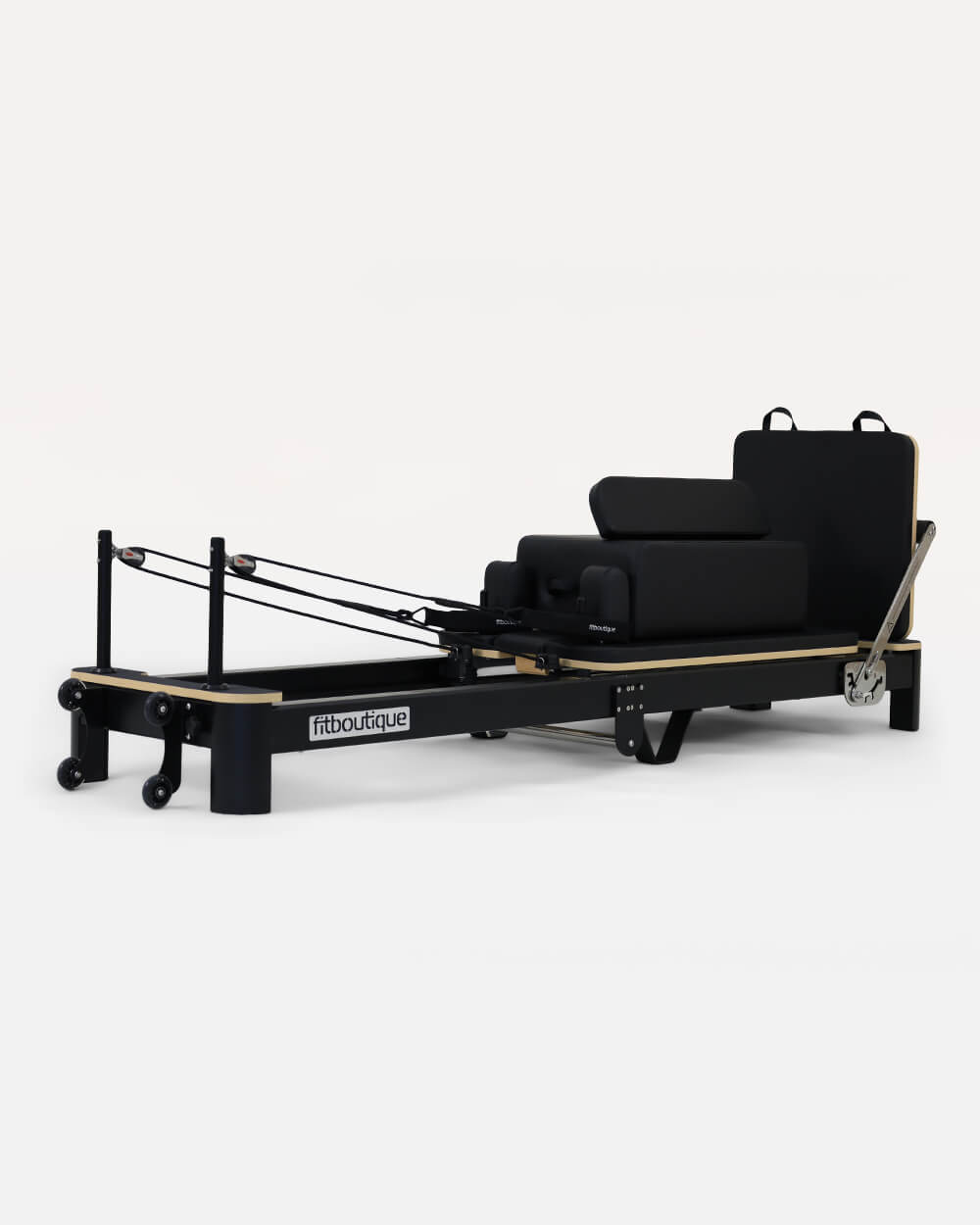
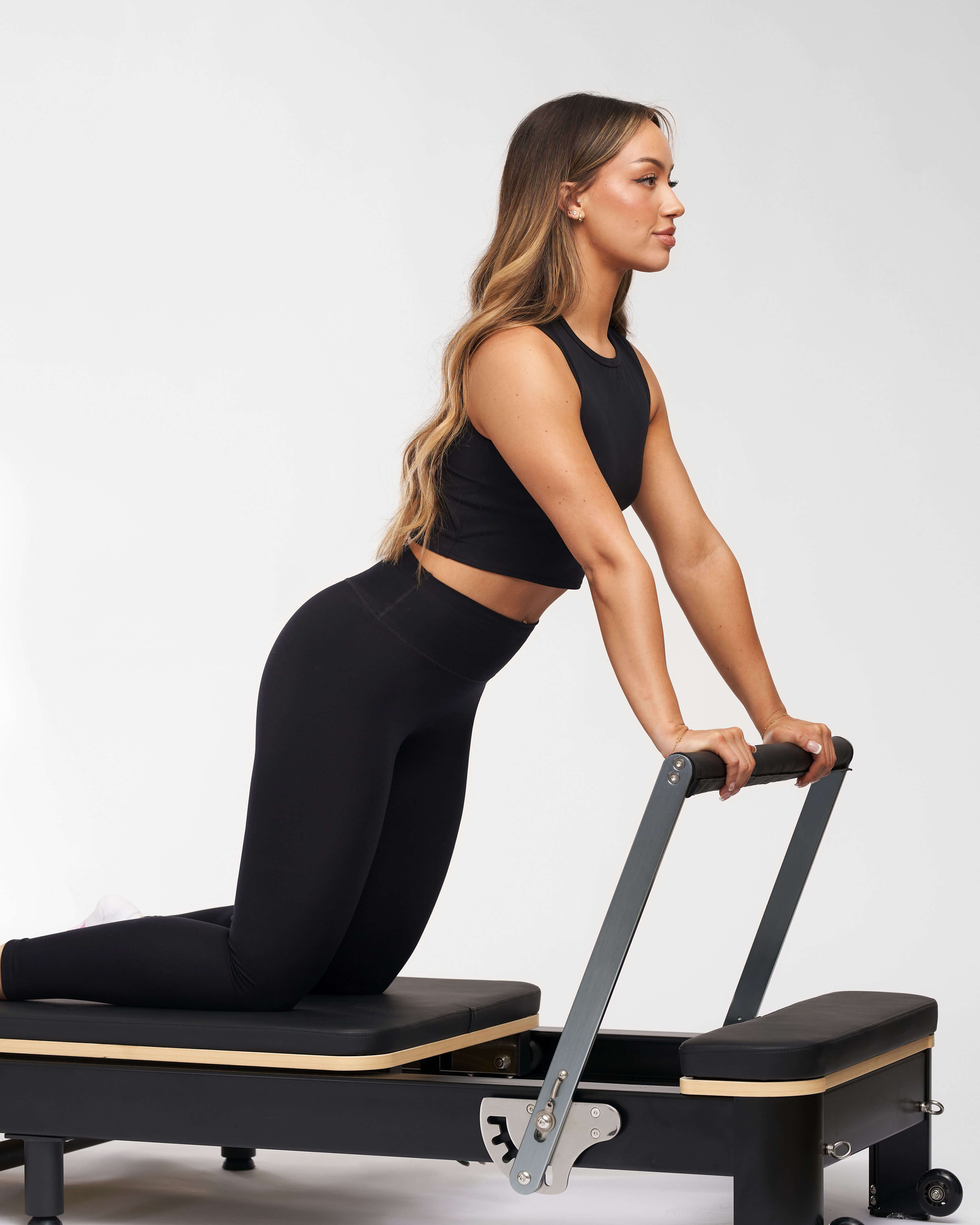
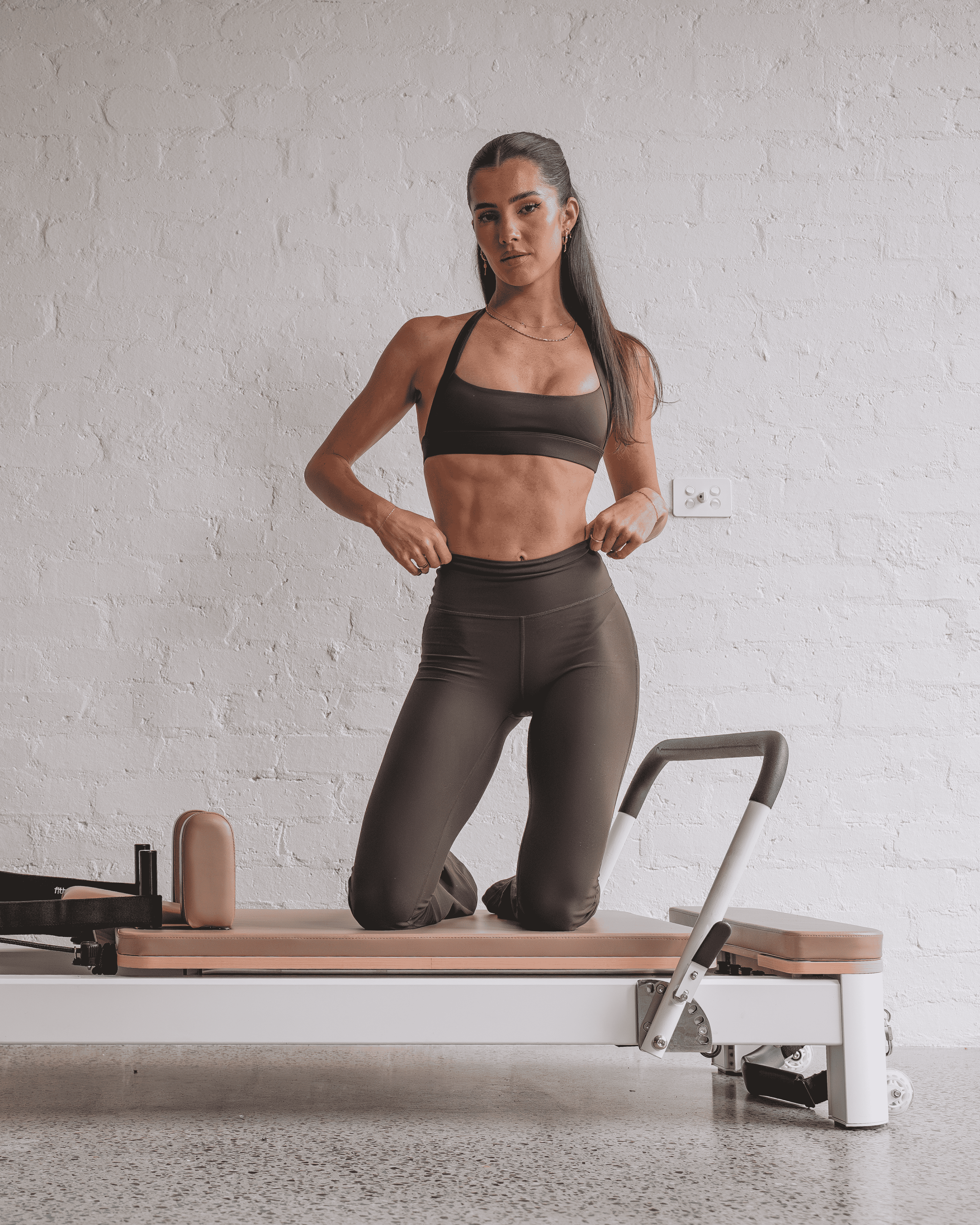
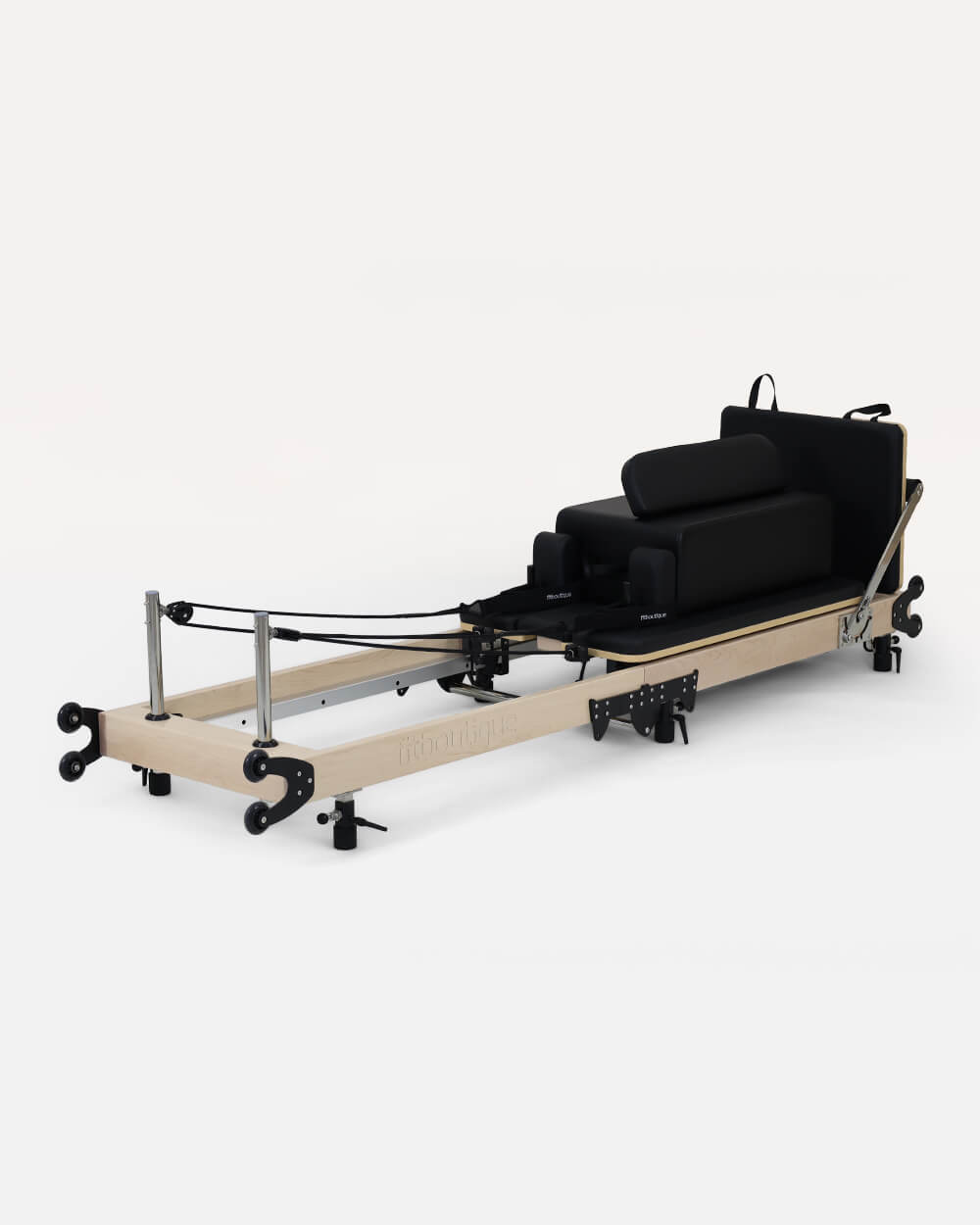
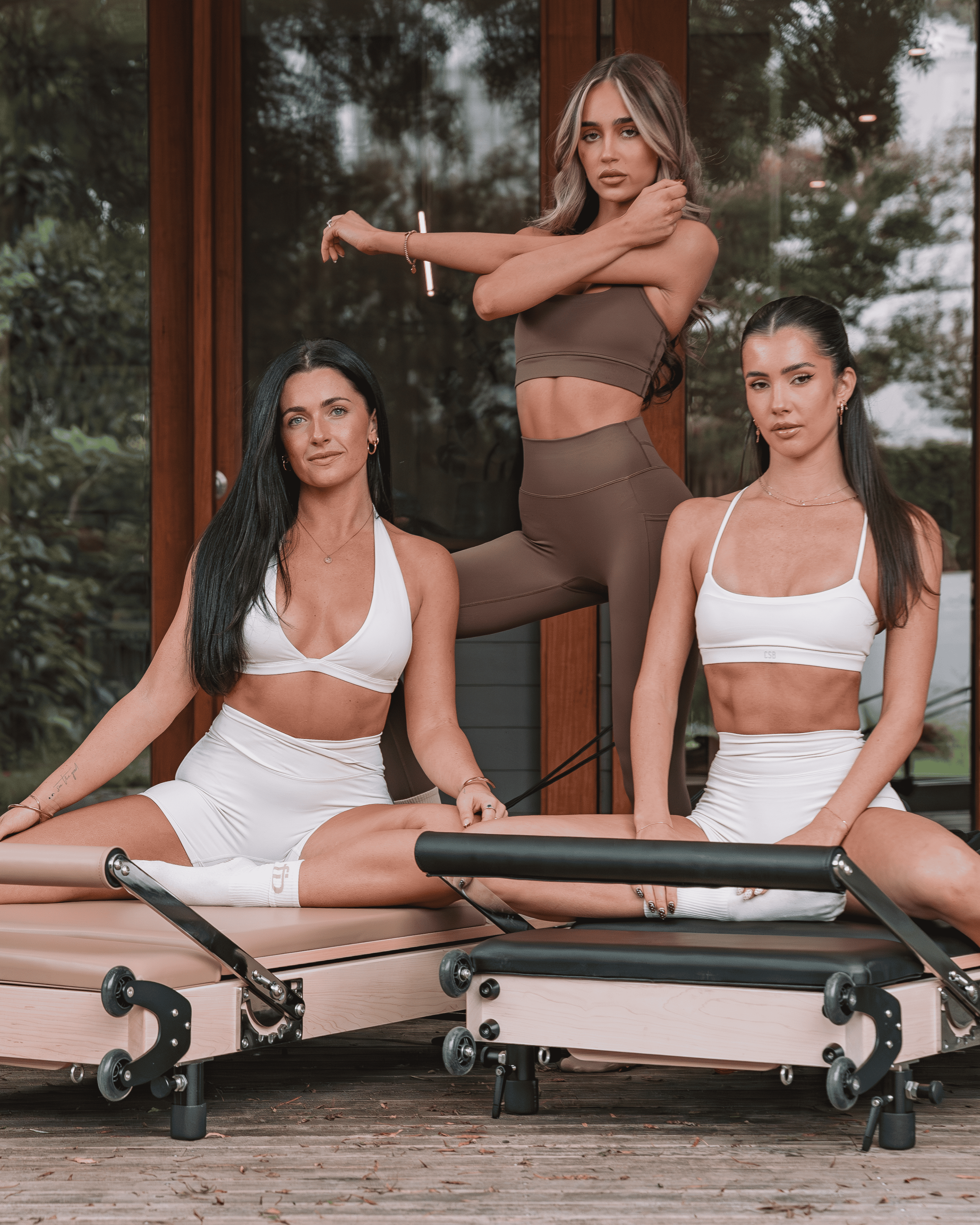
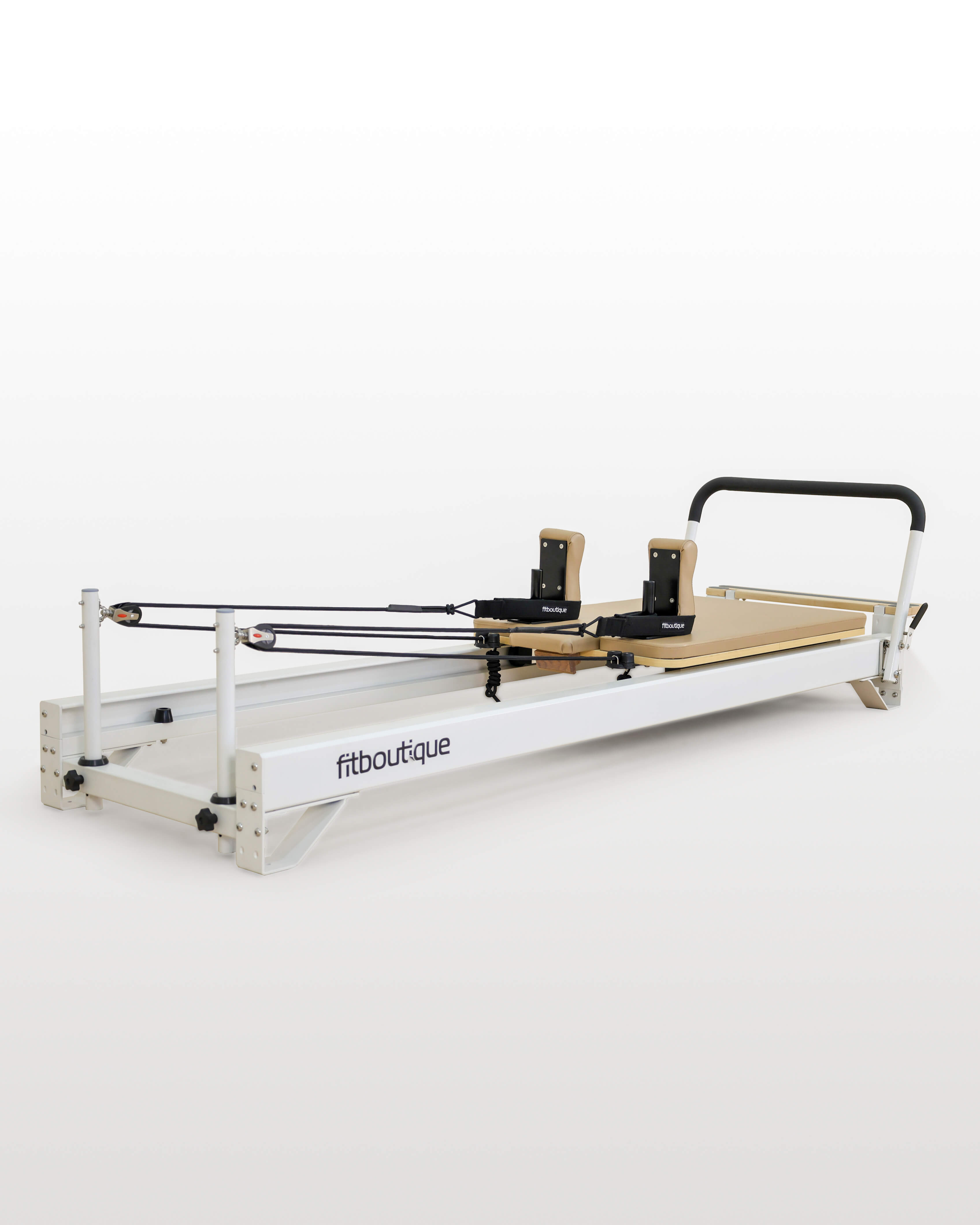
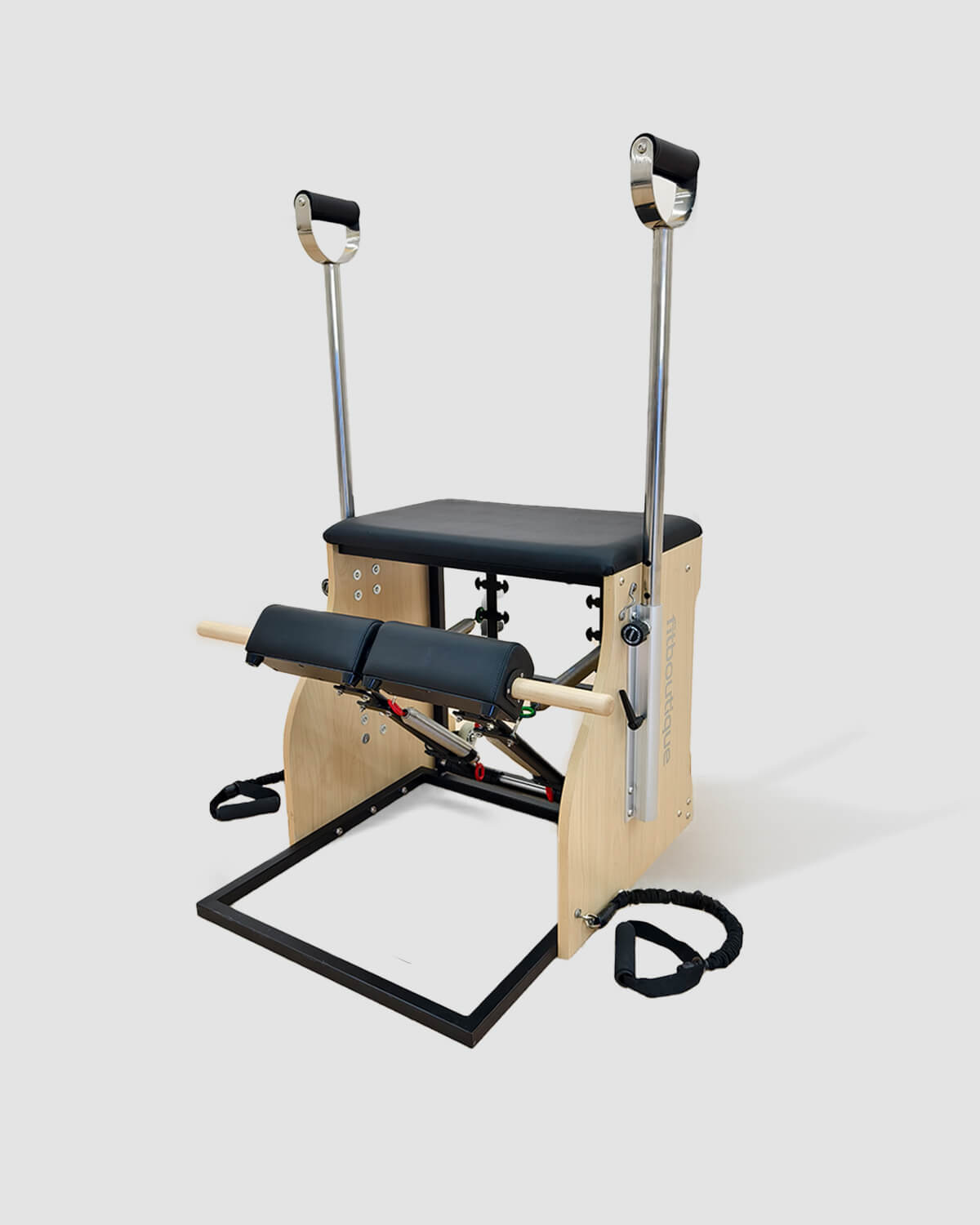
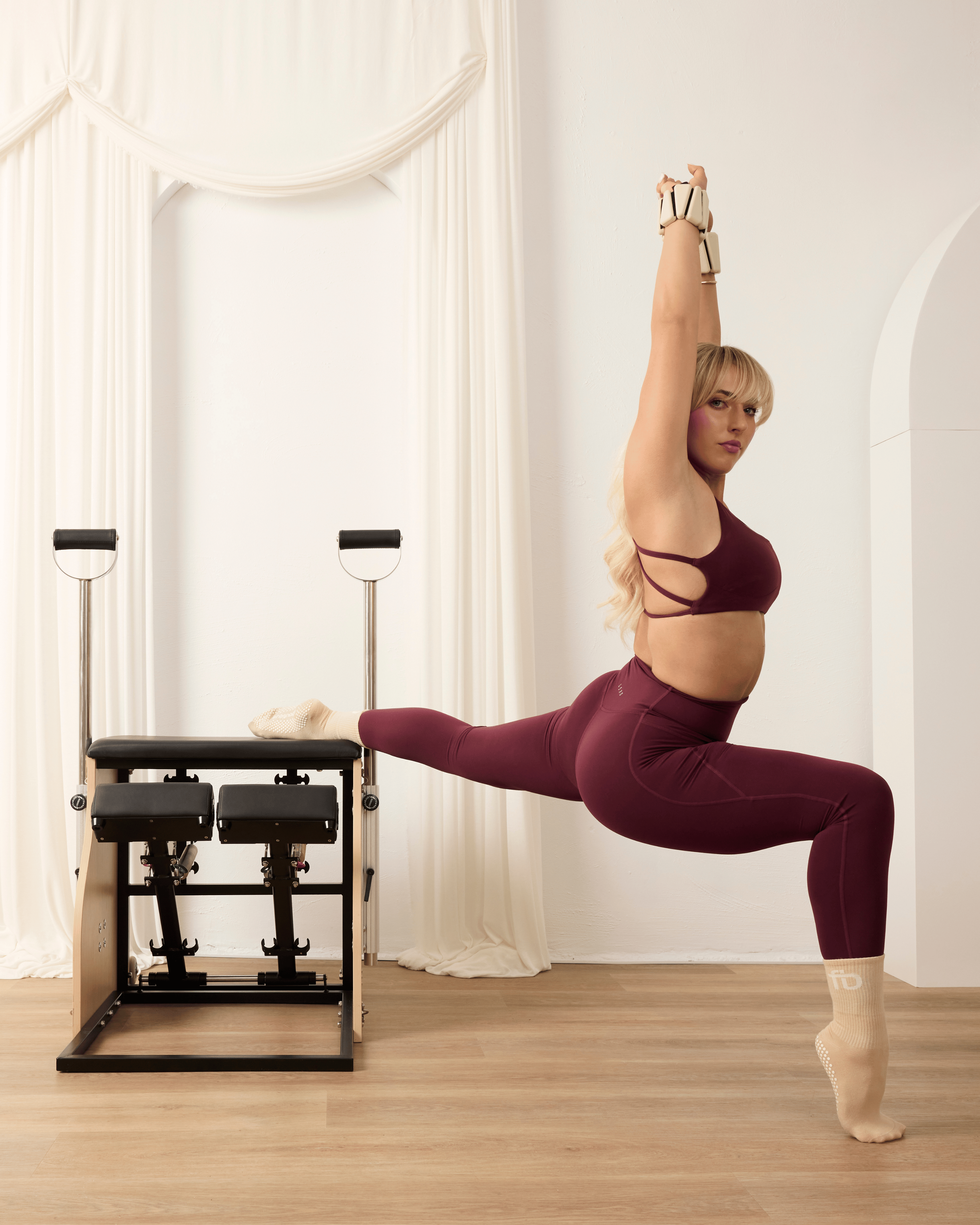
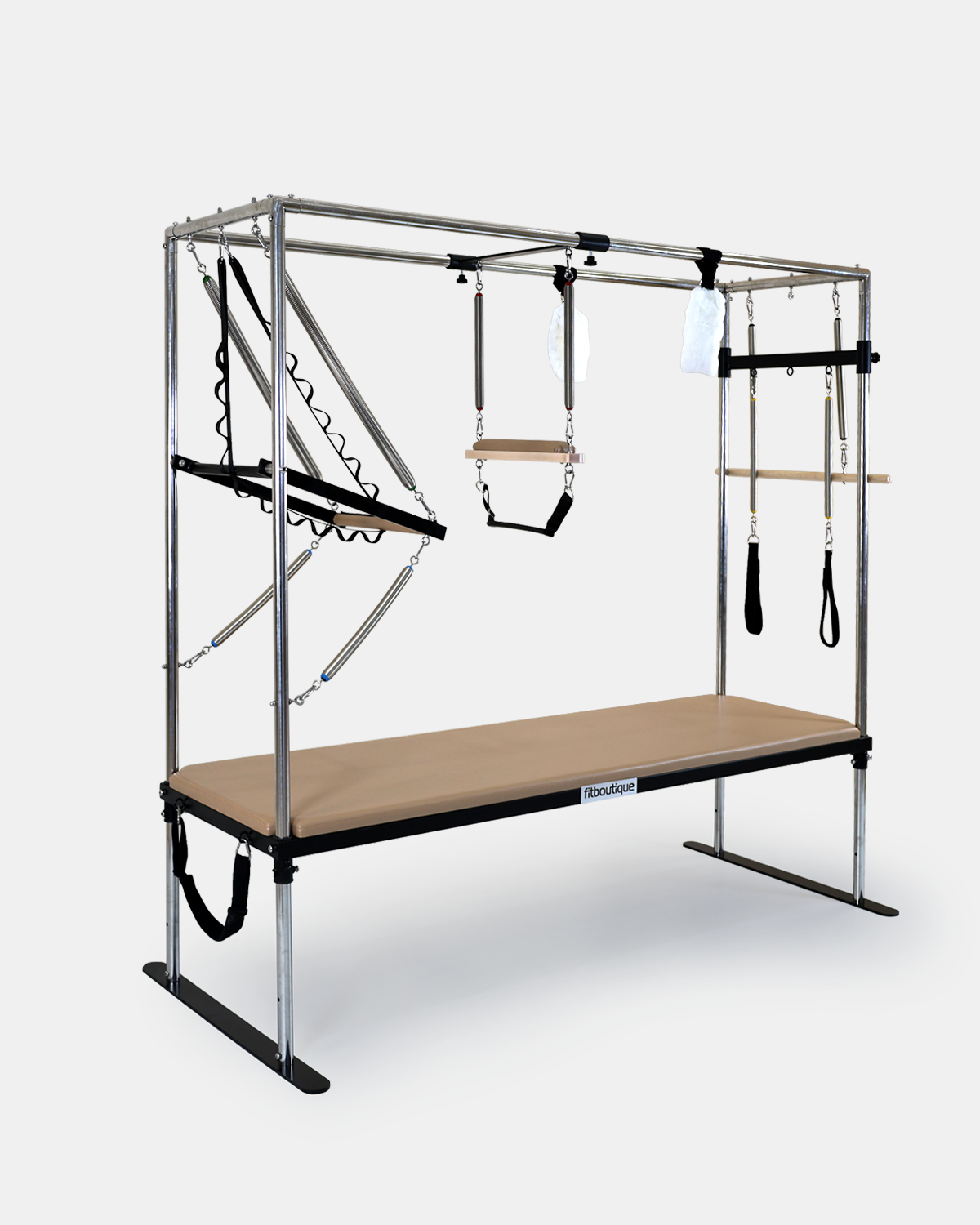
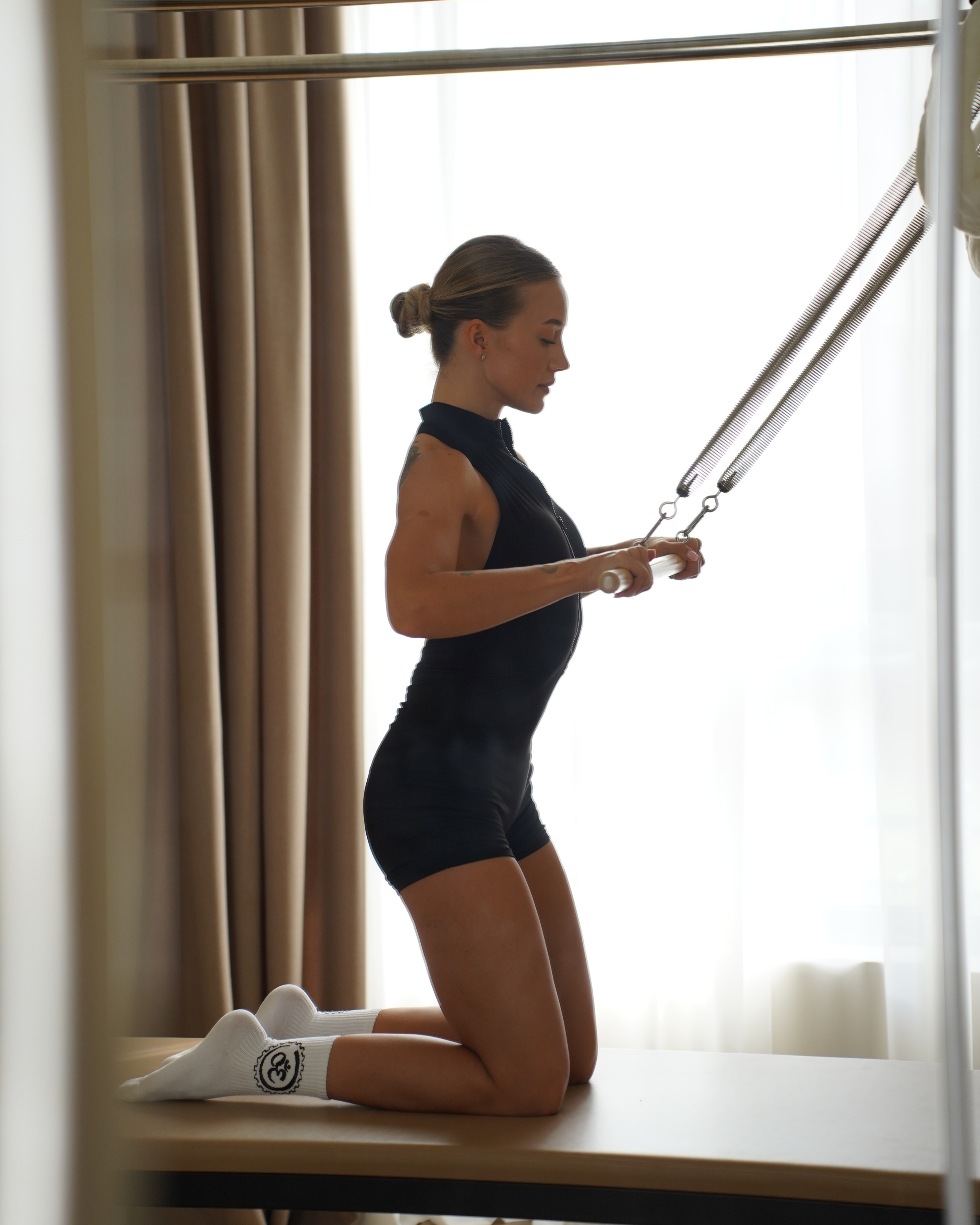
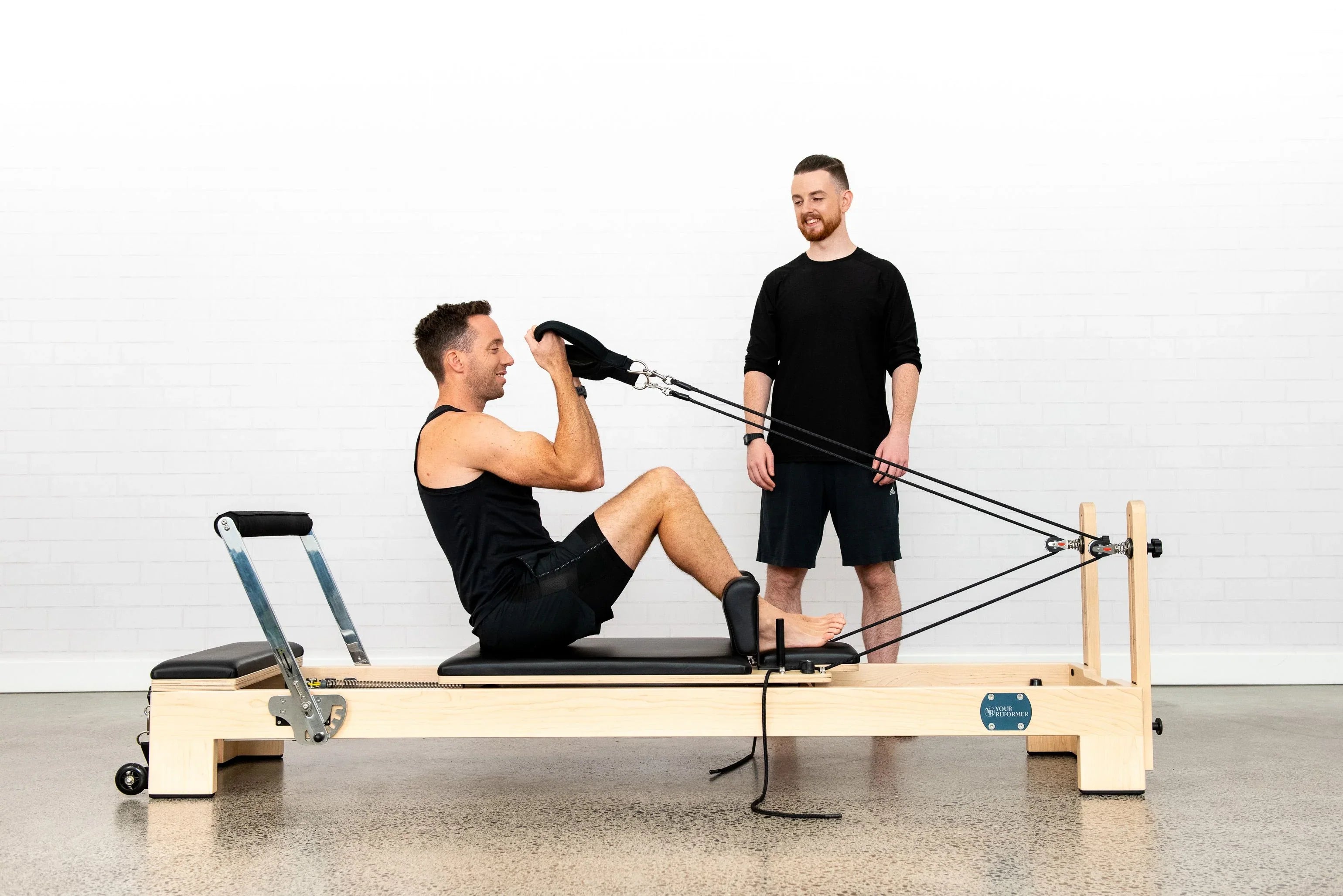
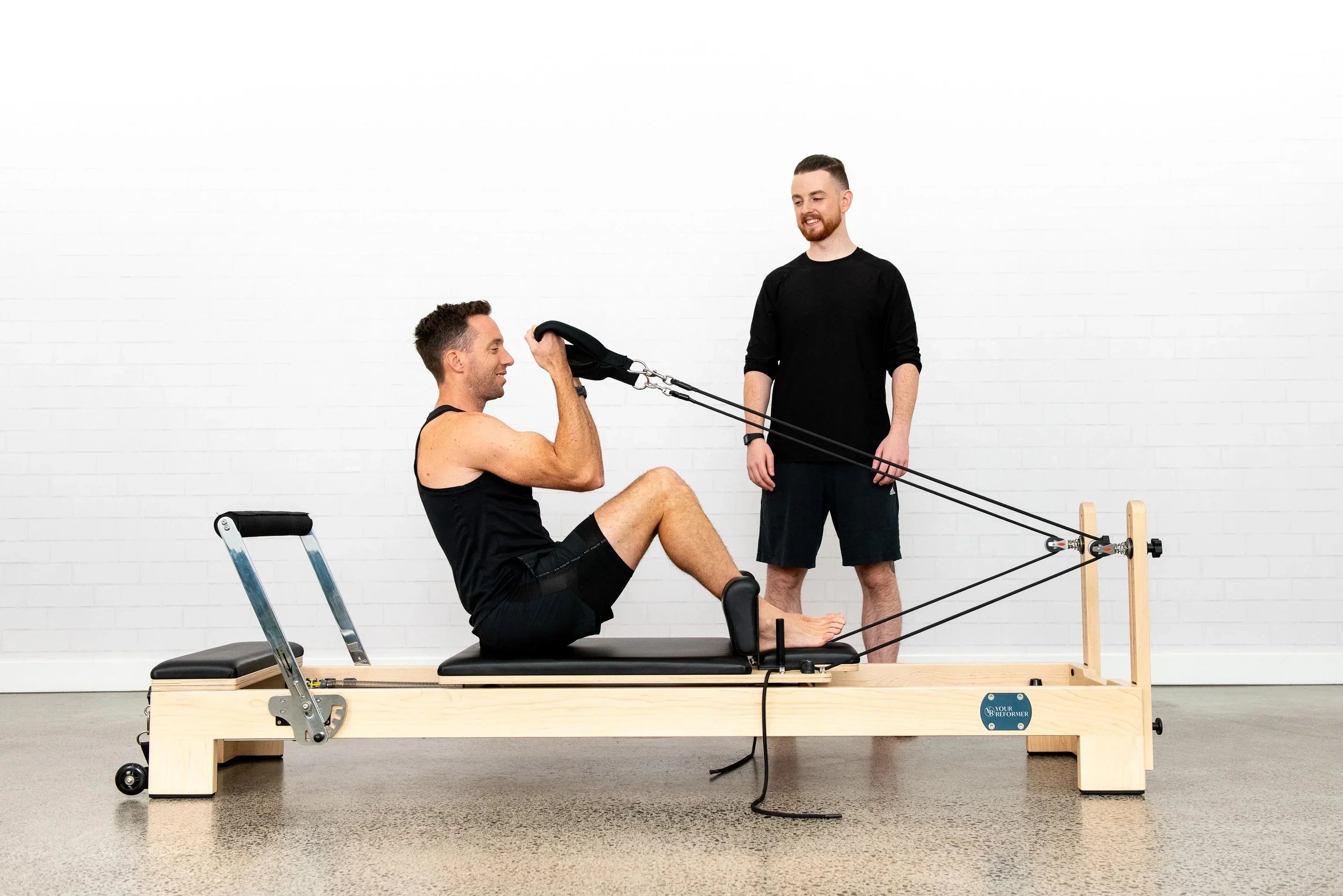
Leave a comment